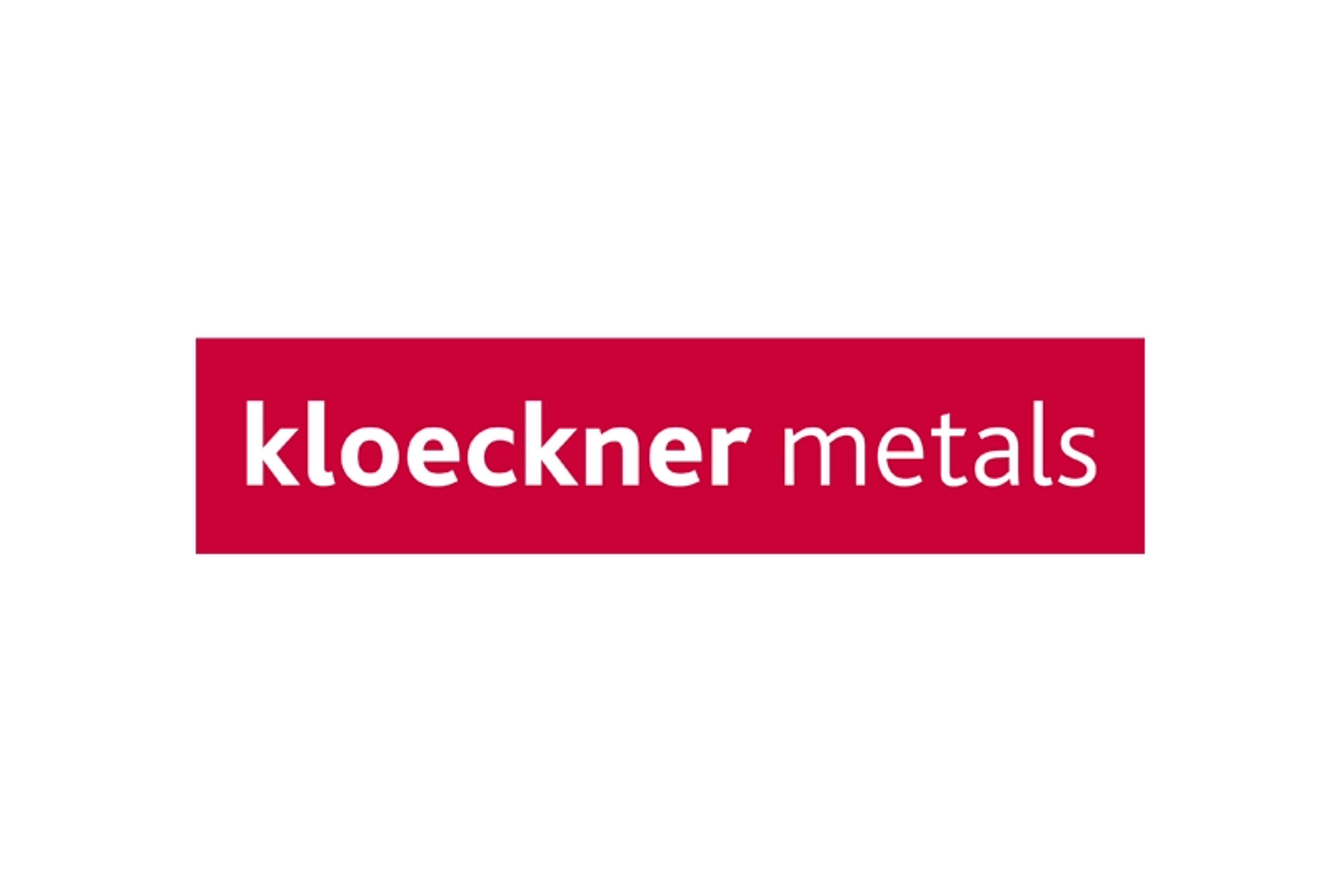Market Segment

November 19, 2019
HARDI: Not Much Movement in Galv Prices Yet
Written by Tim Triplett
The mills may have announced two increases in flat rolled steel prices in the past month, but you couldn’t tell from comments by members of the Heating, Air Conditioning & Refrigeration Distributors International. The distributors of galvanized steel to the HVAC sector report little impact on prices so far, though demand remains healthy despite some seasonal slowing.
“Pricing is trying to work its way up, though we are not able to collect increased prices at the street level,” said one HARDI member during the association’s monthly conference call this morning. “While the mill numbers are up, we have yet to pay a large increase.”
“As far as collecting on the increases from the mills, we are just not there yet,” agreed another member. “I have yet to see any service centers raising prices.”
The threat of higher prices has not prompted the expected flurry of buying activity by either distributors or end users, reported the trade group. “The announcements have not caused our customers to place buys. We have not taken a position in front of these increases, either. I would put us at a normal inventory level,” said one executive.
“It is hard to make heads or tails of the fundamentals out there. I am skeptical of prices staying up when auto and energy are projected to decline,” said another.
Steel Market Update places the latest base price for galvanized steel at $725 per ton, trending up over the past few weeks. John Packard, president and publisher of Steel Market Update, noted that the current spread between hot rolled and galvanized steel has declined from more than $200 to around $175, closer to the level of $150 or less that is more typical. “This is a positive sign, not that galvanized is weaker but that HR is stronger, moving up to more reasonable numbers.”
SMU data suggests that mill lead times have been moving out, which is a sign their order books are getting a boost from the price increase announcements. “It will be interesting to see over the next few weeks if the lengthening lead times persist or if they stall and shrink, perhaps signaling another dead cat bounce,” Packard said.
The market has already seen two dead cat bounces—small temporary price bumps—earlier this year when previous mill increases failed to stick. “They tend to last about 12 weeks from beginning to end, so it is still too early to tell what will happen with the latest move,” he added.
Reductions in production capacity may reduce supply and lend support to the price increases. U.S. Steel took down a furnace at its Gary Works facility and ArcelorMittal shut down one at Indiana Harbor West, to cite two examples. On the other hand, mills in Mexico plan to bring on four million tons of new capacity in the next 12 months.
Recent moves to idle capacity will only have a temporary effect as 6-8 million tons of new flat rolled capacity is in the works over the next few years, Packard said. “I’m not a big believer in Steelmageddon, but I see trouble ahead. I think the integrated mills have seen the light. U.S. Steel knew they would have to get into the EAF market and they chose to do it by investing in Big River Steel. Whether others can react fast enough and be competitive through the process of change remains to be seen.”
Steel Market Update participates in a monthly steel conference call hosted by HARDI. The call is dedicated to a better understanding of the galvanized steel market. The participants are HARDI member companies who are wholesalers, service centers and manufacturing companies that either buy or sell galvanized sheet products used in the HVAC industry.







